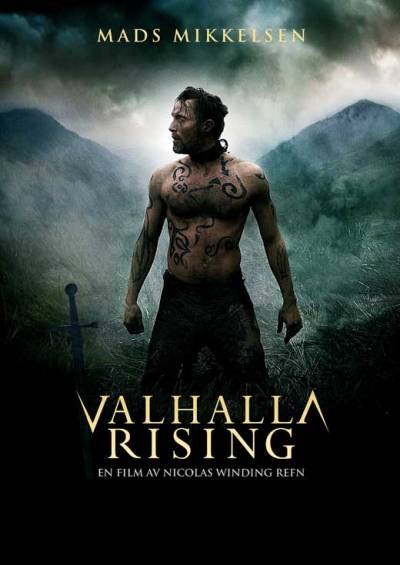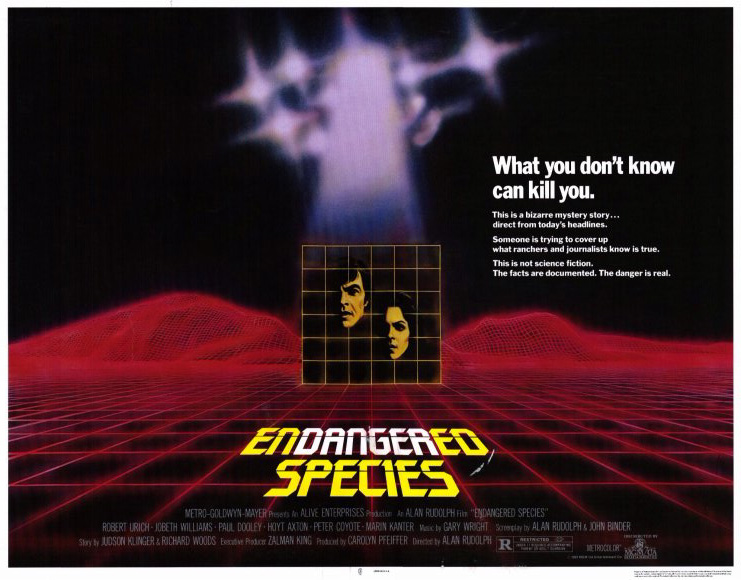- Joined
- Mar 3, 2014
- Messages
- 3,400
I think, by "race film", Victoria is referring to these types of old, non-Hollywood movies:
Race film - Wikipedia
Race film - Wikipedia

There were at least a few more, although I've never actually seen any of the movies I'm about to name, and can't judge whether they'd be remotely worth the effort of tracking down. The Devil's Daughter is probably the easiest to get; Alpha Video put it out on a DVD with Chloe, Love Is Calling You, which might also count if you're willing to read "race picture" a little loosely. Drums o' Voodoo (aka She Devil) also still survives, and seems like the kind of thing that might turn up on archive.org. It was based on a stage play called Louisiana, and concerns a battle between a Christian minister and a Voodoo priestess for the souls of a small black community. Then there's Fight That Ghost, which appears to have been a quickie copy of The Ghost Breakers with Pigmeat Markham standing in for Bob Hope. It might be lost now, though-- certainly I can't find any evidence of a home video release. Voodoo Devil Drums is definitely lost, which strikes me as both disappointing and probably for the best. What little I've read about it makes it sound extra-sleazy. Finally, Spencer Williams, the writer of Son of Ingagi, also wrote and directed a film called The Blood of Jesus, which is sort of horror-adjacent in a similar way to The Devil and Daniel Webster. It's about the temptation of a godly woman accidentally shot by her unchurched husband; Satan tries to get hold of her while her spirit clings weakly to life and her friends (remorseful hubby included) try to pray her back into her body to stay. Robin R. Means Coleman gave The Blood of Jesus a rave write-up in Horror Noire, although he simultaneously made it sound like the kind of film a modern audience has to meet more than halfway to get much out of it.
Chloe, Love Is Calling You (1934)
Named after lyrics in the popular 1927 song Chlo-e (Song of the Swamp). (It was so popular, in fact, that Spike Jones parodied it in 1945.) Not a "race film" but a racist film. The title character is a woman who thinks she's at least part African-American. After some fooling around she finds out that she's the daughter of the local rich white guy, so she can marry a white man she loves instead of the black man (played by a white actor, and looking almost exactly like the white guy) who loves her. The woman she thinks is her mother is some kind of voodoo practitioner, and it winds up with a ceremony in the swamp with Chloe as the intended victim of a human sacrifice. Aside from some local color -- nifty swamps, and a brief look at the turpentine industry of the time -- it's pretty much worthless. The woman who plays Chloe was a pretty famous star of the silent days. This was her last role.

What's it about? SF, fantasy? War, thriller?

| Thread starter | Similar threads | Forum | Replies | Date |
|---|---|---|---|---|
|
|
Lasting Impact? | Game of Thrones | 26 | |
|
|
The last days of the Lóntuisteach | Promotions | 0 | |
|
|
DISTAFF -- Last Chance to Buy!! | Promotions | 0 | |
|
|
Peter S. Beagle's The Last Unicorn (1968 novel -- not movie) | Classic SF&F | 11 | |
| N | Y: The Last Man, movie or telly series? | Graphic Novels & Comics | 3 |
